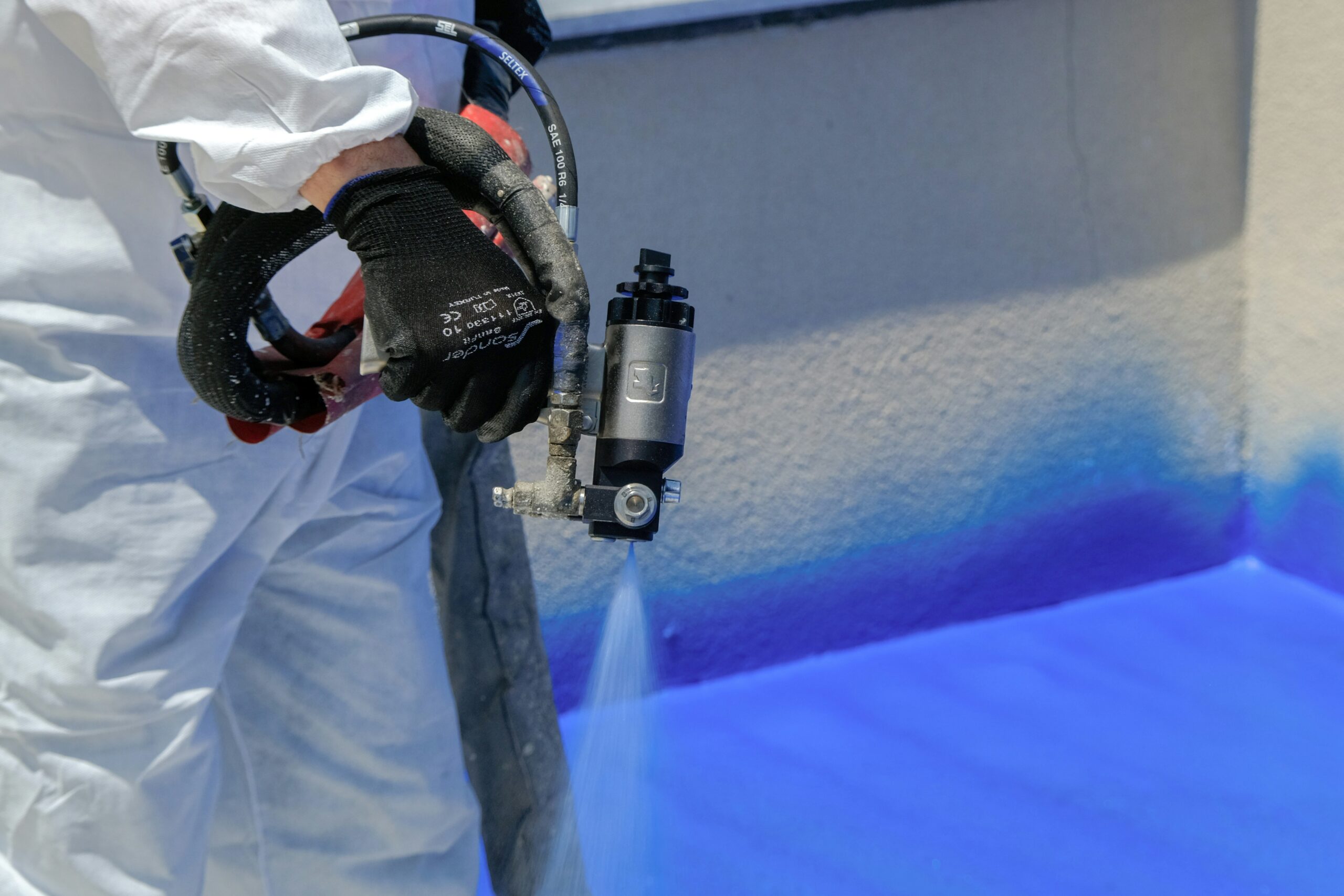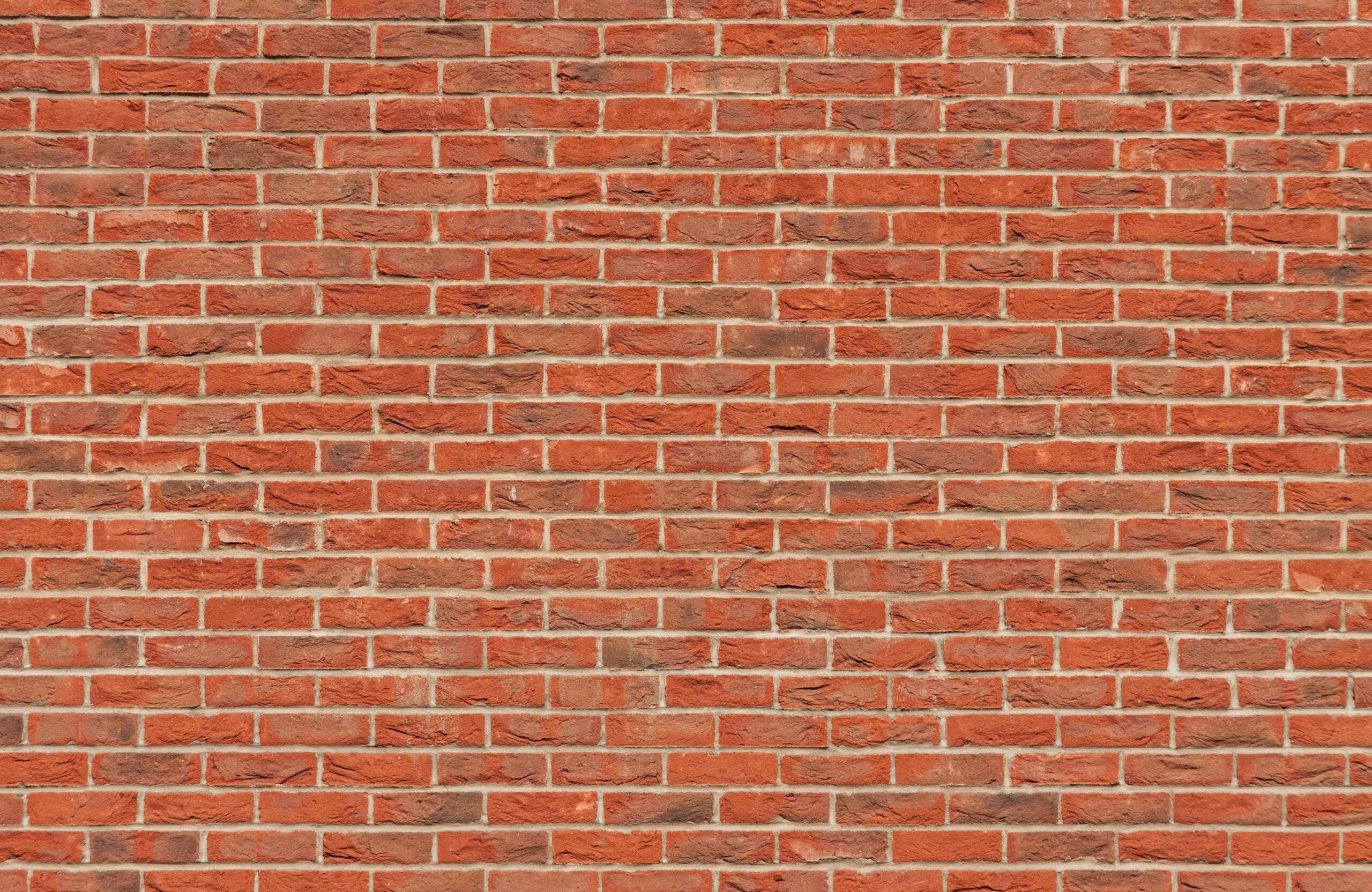Archive for August, 2025

When I hand a client a 70-page inspection report, it isn’t because I enjoy typing. It’s because that’s what it takes to document, explain, and teach. Every photo, every paragraph, every code citation is there to give the buyer the full story: what’s wrong, why it matters, what standard it violates, and what the consequences will be if it isn’t fixed.
But here’s the game builders play: as soon as they see a thorough report, they pressure the buyer to ask me for a “short version.” They don’t want context, photos, or explanations — just a stripped-down list of defects and code sections. On the surface, it sounds reasonable. In reality, it’s a power move that stacks the deck in their favor.
Why Builders Love the Short Version
A “short version” gives the builder exactly what they want: a punch list with no narrative. It’s like walking into court with nothing but the charges listed, but no evidence, testimony, or legal arguments. The builder gets to reframe each defect however they want.
- No context: Without my explanations, a serious health or safety defect gets brushed off as a “minor punch item.”
- No teaching: The buyer loses the opportunity to learn how their home is supposed to function. Education is half the point of an inspection.
- No leverage: A naked code citation is easier for a builder to argue with. A photo paired with an explanation makes it very hard for them to deny reality.
- No accountability: With the detail stripped out, it becomes the builder’s word against the inspector’s — and guess who usually has the louder voice?
Why It’s More Work for Me (and Why I Won’t Do It)
Let’s be clear: I contract to produce one report — the full, detailed inspection. Asking me to make a second “short version” isn’t part of the deal. It’s extra labor, it benefits the builder (not the client), and it undermines the entire purpose of hiring me in the first place.
When you hire me, you’re paying for expert analysis, documentation, and education. I’m not a typist for builders. If they want a watered-down list, they can make one themselves from my report — but you should know exactly why they want to.
What Homebuyers Need to Understand
If your builder is pushing you to ask me for a “short version,” understand this:
- They don’t want you to understand the defects.
- They don’t want you to see the supporting evidence.
- They don’t want you to have the full leverage of a complete report.
They want to reduce my work to a bare checklist because they know they can argue their way out of a checklist. They can’t argue their way out of 70 pages of photos, code citations, and plain-language explanations.
The Bottom Line
Builders in Texas already enjoy a tilted playing field: no licensing, minimal oversight, and inspectors who often rubber-stamp construction with a “green tag.” My detailed reports are one of the few tools buyers have to level that field. When a builder tells you to ask for a “short version,” they’re not doing you a favor. They’re cutting their own workload at the expense of your protection.
Don’t hand them that advantage. Use the full report. Read it. Learn from it. Ask questions. That’s how you keep the builder honest — and how you avoid being steamrolled by the very people who just built your biggest investment.

If you’re shopping for a new home in Texas, chances are you’ll hear builders boast about spray foam insulation (SPF). They’ll call it “state-of-the-art,” “high-efficiency,” or “the future of insulation.” On paper, it sounds great: high R-values, lower utility bills, and a tightly sealed home that meets modern energy codes.
But here’s what most builders won’t tell you: spray foam insulation is one of the most problematic, litigation-prone materials used in Texas homebuilding today. It’s not that the foam itself is bad — the danger lies in how easily it can be installed wrong, and in Texas, there’s no regulation of who installs it. That means buyers are often left holding the bag when things go wrong.
Why Spray Foam Is Risky in Homes
Spray foam is not a “set it and forget it” product. It requires perfect conditions during installation: the right temperature, the right chemical mix, the right spray thickness, and the right cure time. If anything is off, the foam can fail — and once it’s sprayed inside your walls or attic, it’s permanent. Unlike fiberglass batts, you can’t just pull it out and replace it.
Common problems include:
- Chemical odors and poor air quality: If the foam doesn’t cure correctly, it can release irritating fumes that make the home unlivable.
- Moisture damage: Closed-cell foam can trap water against roof decking and wall sheathing, causing hidden rot. Open-cell foam can absorb water like a sponge, leading to mold growth.
- Fire safety issues: Building codes require spray foam to be covered with a protective barrier so it won’t ignite in a fire. In tract housing, builders often skip this step to save time and money.
These aren’t cosmetic issues — they affect your health, your safety, and the long-term value of your home.
The Texas Problem: Anyone Can Install It
In Texas, electricians, plumbers, and HVAC contractors must all be licensed. Spray foam installers? No license, no exam, no oversight. Literally anyone who buys a spray rig can call themselves a “professional installer.”
While the building code requires spray foam to be installed according to the manufacturer’s instructions, most city inspectors don’t have the training to check whether that’s happening. The end result is that builders get to advertise “energy-efficient homes” while leaving the risk — and future repair costs — with the homeowner.
What Buyers Should Watch For
If you’re considering a home with spray foam, protect yourself by asking the right questions:
- Who installed it? Get the name of the company and ask whether they’re certified by the foam manufacturer.
- Where are the instructions? The building code requires manufacturer instructions to be available on site. If the builder can’t produce them, that’s a red flag.
- Was it inspected? Ask whether a third-party inspection was done to verify proper installation.
- Is it protected? Look in the attic or garage to see if the foam is covered by a drywall or ignition barrier. If not, it may be a fire code violation.
- What’s in writing? Don’t rely on sales talk. Get documentation showing that the installation complies with both the manufacturer’s instructions and the International Residential Code (IRC).
The Bottom Line
Spray foam insulation is heavily marketed because it helps builders meet energy code requirements cheaply. But in unregulated Texas, it’s often installed incorrectly, and fixing it later usually means tearing out parts of the house.
As a homebuyer, don’t take “energy-efficient” at face value. Ask for proof, demand documentation, and consider hiring an independent inspector who understands spray foam. A little due diligence up front can save you from years of health problems, hidden structural damage, and expensive litigation.

Homebuyers in Texas are often shocked to discover that when construction defects or serious concerns arise during the build of their new home, there is no practical way to contact the corporate offices of the major builders directly. The reality is that the large national and regional builders have deliberately insulated their executives and corporate management from customer complaints. This is not an accident—it is part of a system designed to shield the corporation from accountability while leaving buyers to wrestle with field personnel who have neither the authority nor the incentive to correct code violations.
How the System is Structured
When you sign a contract with a production builder, you may believe that you are dealing with the national brand whose name is on the sales brochure. In reality, your legal agreement is with a single-purpose subsidiary or LLC formed for that subdivision. The parent company holds the assets, but the LLC shields it from direct liability. That means your warranty claims, your complaints, and your requests for compliance with the International Residential Code (IRC), International Energy Conservation Code (IECC), and National Electrical Code (NEC) adopted in Texas never reach corporate counsel or senior management.
Instead, you are routed through:
- The sales office (whose interest is in closing deals, not enforcing building standards),
- The construction manager or “builder rep” on site (who answers to corporate production schedules), and
- Occasionally a regional warranty office.
Corporate offices list no direct emails or phone numbers for homeowners. Contact pages on their websites funnel you into “customer service portals” that push complaints into a ticketing system controlled by the same people who signed off on the mistakes in the first place.
Why Corporate Stays Out of Sight
From the builder’s perspective, keeping homeowners away from corporate offices is about control and liability. If executives or in-house attorneys were directly exposed to the volume of complaints about grading failures, improper flashing, or missing GFCI protection, they would either have to take action—or admit in discovery that they ignored them. By filtering all communication through field-level staff, they insulate corporate leadership and limit the paper trail.
This also dovetails with Texas’s Residential Construction Liability Act (RCLA) framework, which forces homeowners to provide written notice of defects and gives builders an opportunity to offer repairs. If the only addresses available are sales trailers and warranty portals, it becomes harder for homeowners to document that corporate management was ever put on notice.
The Consequences for Homeowners
The result is a structural imbalance of power:
- Buyers cannot call or email a vice president of construction when their slab fails the slope requirements of IRC R401.3 or their attic service platform violates NEC 110.26(C)(2).
- Municipal inspectors, often under pressure to “green tag” houses quickly, rarely force corrections once a project is past a certain stage.
- The builder’s local staff have every incentive to minimize, delay, or deny, rather than escalate issues to corporate where they might be treated seriously.
For homeowners, this means that the corporate “quality commitment” slogans are marketing, not operational reality.
What Homebuyers Should Do
If you encounter construction defects or code violations during the build of your Texas home:
- Document in writing every defect with photos, code references, and dated correspondence.
- Send notices by certified mail to both the subdivision LLC and the registered agent listed with the Texas Secretary of State.
- Copy municipal inspection departments—because under Texas law, cities are required to enforce their adopted building codes in the field, not just on paper.
- Engage a third-party inspector who can cite specific code violations in the IRC, IECC, and NEC to remove any ambiguity.
- If necessary, escalate through the RCLA process and be prepared for arbitration or litigation.
Final Word
Major builders in Texas have gone to great lengths to make sure you cannot simply “call corporate” when your house is being built wrong. The only way to level the field is with thorough documentation, expert inspection, and persistence through the legal remedies available under Texas law.

Replacing windows in an existing home is one of the most valuable upgrades a homeowner can make. Done correctly, new windows improve energy efficiency, comfort, safety, and curb appeal. Done poorly, they can cause hidden water damage, higher utility bills, and premature failure.
As an AAMA-certified window and door installer and ICC Residential Combination Inspector (R-5), I have inspected thousands of window installations across Texas. Unfortunately, I have also seen firsthand how often window replacement is mishandled. This article explains the most common pitfalls, how to choose the right window manufacturer, why pulling permits matters, and what proper installation really looks like.
The pitfalls of window replacement often begin with the assumption that the work is simple. Many homeowners believe it involves nothing more than removing the old unit, dropping in the new, and sealing it with caulk. The truth is far more complicated. One of the most common problems is ignoring hidden damage. Rotted sills, failed weather barriers, and water intrusion often go undetected when installers rush. Covering these problems does not eliminate them; it only traps moisture inside the walls, setting the stage for future deterioration.
Another frequent mistake is overlooking code requirements. In Texas, the 2021 International Residential Code (IRC) requires all windows to comply with AAMA/WDMA/CSA 101/I.S.2/A440 (NAFS) standards. The 2021 International Energy Conservation Code (IECC) also mandates minimum performance levels. For example, in Climate Zone 3, which includes Dallas-Fort Worth, Houston, San Antonio, and Austin, replacement windows must have a U-factor of 0.35 or less and a Solar Heat Gain Coefficient (SHGC) of 0.25 or less. Choosing products that do not meet these ratings risks failed inspections and higher energy bills for the homeowner.
A further pitfall is skipping the permit. Many contractors attempt to avoid applying for permits on window replacement projects, claiming they are unnecessary or will slow the job down. In reality, most Texas municipalities require permits because window replacement alters structural openings, affects emergency egress, and impacts energy code compliance. A permit triggers municipal or third-party inspections to verify that the work meets code. When contractors skip permits, homeowners lose this layer of protection and may face fines or encounter problems when selling the home if the unpermitted work is discovered. Even with a permit in place, another common issue is relying solely on “green tags.” A quick municipal sign-off is not proof of proper installation. IRC Section R703.4 requires windows and flashing to be installed according to manufacturer instructions, not simply to the satisfaction of a cursory inspection.
The importance of pulling permits cannot be overstated. Permits are far more than paperwork; they are a homeowner’s safeguard. They are a legal requirement whenever window replacement alters framing, changes emergency egress dimensions, or affects energy performance. Contractors who bypass this step are violating municipal law. Permits also provide a mechanism for code enforcement, ensuring that the work will be inspected for compliance with the IRC, the IECC, and any local amendments. This protects the homeowner from substandard work. In addition, permits protect property value. Unpermitted work often surfaces during resale, forcing sellers to correct the deficiency at their own expense before closing. Permits also create accountability. When a contractor applies for a permit, their name is officially attached to the job, creating a legal record of responsibility for compliance.
One example comes from a case in Frisco where a homeowner replaced all of their windows without a permit. The new units reduced bedroom opening sizes below the minimum requirements for emergency escape and rescue openings in IRC Section R310. When the home went on the market, the sale stalled until all of the noncompliant windows were replaced again—this time under a permit and proper inspection. The cost to the homeowner nearly doubled.
Choosing the right window manufacturer is another key to protecting an investment. The best practice is to insist on products that carry independent certifications and strong warranties. Windows with the AAMA Gold Label have been independently tested for air leakage, water penetration, and structural performance, giving homeowners confidence in their durability. NFRC energy ratings should also be verified, as these labels confirm compliance with the IECC requirements for U-factor and SHGC performance. Finally, the warranty should be reviewed carefully. Strong coverage is a sign that a manufacturer stands behind its product, while vague or limited warranties are a red flag.
Even the best windows will fail if they are installed incorrectly, which is why proper installation is essential. Certified installers who follow AAMA Installation Masters guidelines and the manufacturer’s instructions ensure that the work is done right. A proper installation begins with careful inspection and repair of the rough opening to address any hidden damage. The window must be integrated with flashing and the weather-resistive barrier (WRB) to provide a continuous drainage plane. It must be fastened correctly into the structural framing and shimmed to remain plumb, level, and square. Perimeter sealing with low-expansion foam or approved sealant over backer rod is necessary to prevent air and water infiltration. Finally, the installer should verify smooth operation, proper locking, and functional drainage weeps before the job is considered complete.
Homeowners can protect their investment by taking proactive steps. They should insist that the contractor pulls a permit and schedules all required inspections. They should require AAMA Gold Label products with NFRC ratings and demand compliance with IRC Section R703.4, Section R310, and the IECC standards applicable to their climate zone. Finally, they may wish to consider hiring an independent inspector to verify code and manufacturer compliance before releasing final payment to the contractor.
In conclusion, window replacement is not just a cosmetic improvement. It is a technical project with long-term consequences for safety, energy efficiency, and property value. The most common failures do not arise from defective products but from poor installation and unpermitted work. By requiring contractors to obtain permits, choosing the right manufacturer, and ensuring certified installation, homeowners can avoid costly mistakes and protect their Texas homes for decades to come.

When Texas builders talk about “meeting code,” they often make it sound as if that’s the gold standard for residential construction. In reality, the building codes—such as the International Residential Code (IRC), International Energy Conservation Code (IECC), and National Electrical Code (NEC)—are only the starting point. These codes, each adopted and enforceable in the Town of Westlake and throughout much of Texas, set minimum acceptable performance requirements. They do not represent the full measure of a builder’s legal or professional duty.
Under Texas law, builders are required to construct homes in a good and workmanlike manner. That duty extends far beyond the black-and-white text of the local building code. A competent builder must also comply with a wide range of nationally recognized industry standards that govern virtually every trade involved in residential construction.
These standards are developed and maintained by technical authorities such as ASTM International, ANSI, ASHRAE, APA – The Engineered Wood Association, AAMA (now FGIA), ICC-ES, SMACNA, ACI, WDMA, BIA, NAAMM, TCNA, NWFA, NRCA, CFFA, HPVA, UL, CSA, NIBS, RESNET, IICRC, NADCA, ACCA, AHRI, ARI, AHAM, GAMA, HUD UFGS, IBHS, NFPA, NFRC, NRMCA, SBCA, NKBA, PTI, MBMA, and others. Equally important are the manufacturer’s installation instructions for every product used in the home—because improper installation can void warranties and compromise performance, even if the work passes a municipal inspection.
Many of these standards are incorporated by reference into the building codes or cited within manufacturer instructions. Even when they aren’t directly referenced, they still define what is considered competent and accepted practice in the residential construction industry. Any deviation—whether through shortcuts, incorrect detailing, use of incompatible materials, or ignoring manufacturer requirements—can make the work legally defective.
Texas courts have repeatedly affirmed that construction falling short of the skill, care, and diligence expected of a competent builder is defective—even if it doesn’t technically violate the building code. Defects that violate recognized industry standards can be actionable under the Texas Residential Construction Liability Act (RCLA), the Deceptive Trade Practices Act (DTPA), and Texas common law.
This means that “passing inspection” is not a shield from liability. A home can pass city inspection and still be riddled with defects if the builder ignored published industry standards, trade best practices, or manufacturer specifications. When that happens, the builder is in breach of their legal duty, and the homeowner has grounds for legal action.
If you are a homeowner or attorney involved in a construction dispute, do not accept “we met code” as the final word. In Texas, the law holds builders to a much higher standard—one that includes everything a competent builder should know and do, not just the bare minimum required to get a green tag from the inspector.










